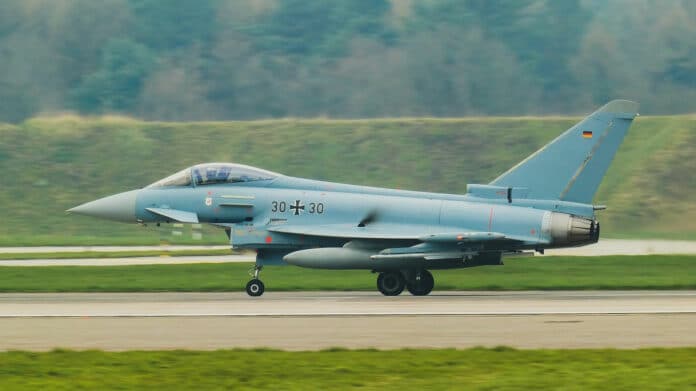To be able to adapt to changing environments functionally, the brain is capable of altering its function and structure. This process is called neuroplasticity and is crucial for skill learning and adaptation.
A new study investigated functional brain connectivity in fighter pilots, finding specific changes that may reveal the effects of space travel.
The study focused on the brains of F16 fighter pilots, whose ability to quickly interpret conflicting sensory data and adjust to changed gravity levels is similar to that of astronauts. 10 fighter jet pilots were recruited from the Belgian Air Force alongside a control group of 10 non-pilots. In areas of the brain involved to processing sensorimotor information, MRI scans of pilots with more flight experience revealed distinctive brain connection patterns.
In comparison to non-pilots, they also displayed changes in brain connectivity. The study will advance our knowledge of how space travel affects the brain and could help develop more effective training regimens for astronauts and pilots.
Prof Floris Wuyts of the University of Antwerp, senior author on the study, said, “Fighter pilots have some interesting similarities with astronauts, such as exposure to altered g-levels, and the need to interpret visual information and information coming from head movements and acceleration (vestibular information. By establishing the specific brain connectivity characteristics of fighter pilots, we can gain more insight into the condition of astronauts after spaceflight.”
Interestingly, the researchers discovered differences in brain connectivity between experienced and less experienced pilots, pointing to the possibility that changes in the brain happen as flight time increases. Less connection was present in some brain regions that process sensory information due to these variations, which may be a sign that the brain has adapted to deal with the challenging conditions encountered during flight.
Additionally, experienced pilots showed improved connectivity in frontal brain regions that are probably connected to the cognitive demands of controlling a complex jet. The researchers discovered that pilots’ vestibular and visual processing regions of the brain were more interconnected than those of non-pilots. This may reflect the demands placed on pilots to manage the simultaneous processing of numerous, occasionally contradictory visual and vestibular stimuli and the need to prioritize the most crucial stimuli, such as reading cockpit instruments.
Dr. Wilhelmina Radstake, the first author of the study who conducted a Master’s thesis on this topic in Prof Wuyt’s lab, said, “By demonstrating that vestibular and visual information is processed differently in pilots compared to non-pilots, we can recommend that pilots are a suitable study group to gain more insight into the brain’s adaptations toward unusual gravitational environments, such as during spaceflight.”
Journal Reference:
- Wilhelmina Radstake et al. Neuroplasticity in F16 fighter jet pilots. Frontiers in Physiology. DOI: 10.3389/fphys.2023.1082166
